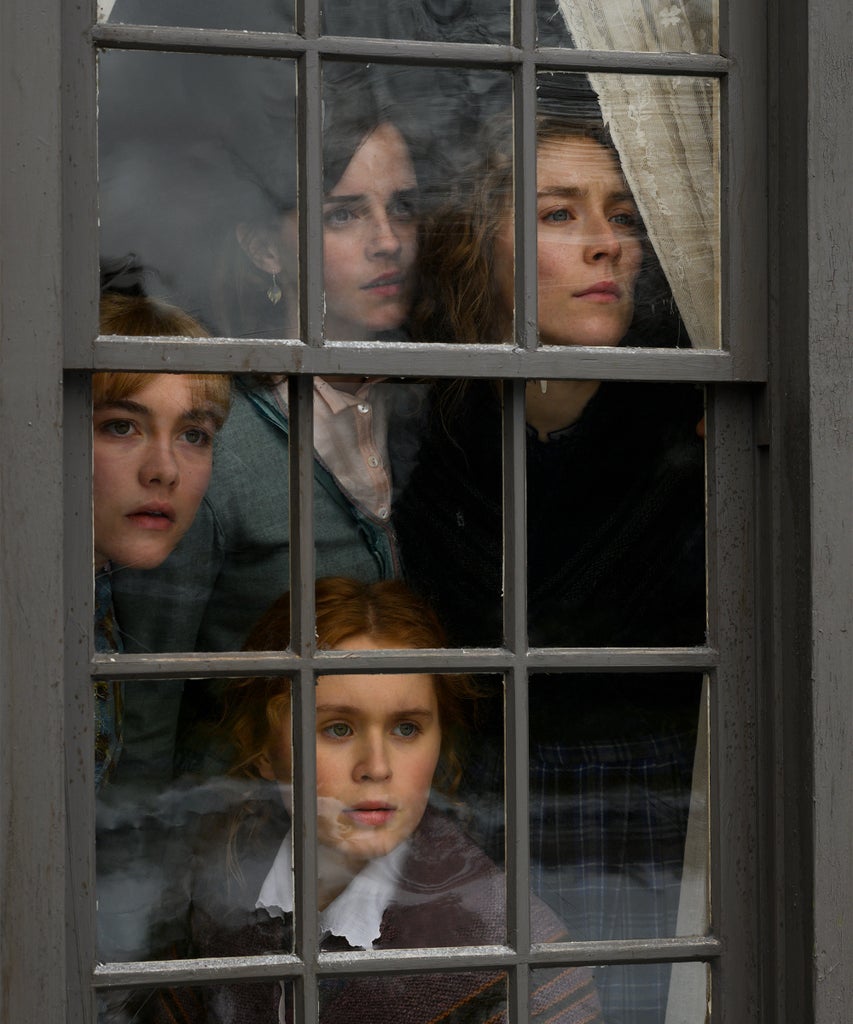
Little Women is lauded as one of the most important works in the history of American literature. It has never once gone out of print and has been adapted for film and television multiple times. This classic novel wins the hearts of all who read it for its moving portrayal of sisterhood, love in its many forms, and the growing pains of transitioning from adolescence to adulthood. Readers see themselves in the four March sisters, Meg, Jo, Beth, and Amy, who all feel so real. So, it comes as no surprise to learn that Little Women is a semi-autobiographical retelling of author Louisa May Alcott’s life.
AdvertisementADVERTISEMENT
Set in the idyllic town of Concord, MA, Little Women follows the March family as they spend their first Christmas without their father who, after losing all of the family’s money, went off to do his part in the Civil War as a pastor. Just like the March sisters, Alcott and her siblings worked many jobs to help make ends meet. The story hits close to home for Alcott, who grew up one of four sisters in a home that had many ups and downs brought on by her father’s well intentioned but often naive idealism. Though it is not mentioned in the book, Alcott’s father was an abolitionist, transcendentalist, and a pioneer of progressive education who often risked his job and financial security for his ideals. Alcott writes her mother, Marmee, as warm, loving, and always willing to listen. In her journals, Alcott wrote that even though she portrayed her mother so highly in the book that “Mrs. March is all true, only not half good enough.”
Jo, the second oldest sister, is based on Alcott herself. She is spirited, which 19th-century slang for a feminist with opinions, who dreams of becoming a writer. Her older sister Meg is a promising actress who gives up on that dream for a life of financial stability. Alcott and her sister, Anna, founded the Concord Dramatic Union together, which still exists to this day as the Concord Players. While putting on a play, Anna meets her husband, just like Meg does in Little Women. They married at the family home, just like the book. And just like the sequel to Little Women titled Little Men, Anna’s husband died about 10 years later.
AdvertisementADVERTISEMENT
Beth, who dies tragically of scarlet fever, is an homage to Alcott’s sister Lizzie. She, like Beth, caught the illness from a poor family her mother was helping. Though she overcame the illness, she never fully recovered. Lizzie passed away two years later at the age of 22.
Alcott based Amy, the youngest of the March sisters, on her youngest sister May. Like Amy, May was passionate about painting. With the success of Little Women, Alcott paid for May to study art in London, Paris, and Rome. May eventually had her work displayed in the Paris Salon, just like Amy did in the book, which ended up being almost prophetic in that sense. The book differs from reality in one major way regarding Amy. In Little Women, Amy marries their neighbor Laurie who originally loved Jo. In reality, May married a Swiss businessman a year after her Paris Salon debut and moved to the Paris suburbs, where she gave birth to a daughter, Lulu. Mere months later, May died and Lulu was sent to live with Alcott.
What about Laurie? The dream boy-next-door who many of us wished ended up with Jo in the end. Laurie is believed to be an amalgamation of multiple men in Alcott’s life, but who exactly is still up for much debate. Jan Turnquist, a historical advisor and executive director of Orchard House, the Alcott family home which has since become a museum to the author and the book, told TIME that Laurie embodies characteristics of Alfred Whitman, a cast member of The Concord Dramatic Union and Ladislas “Laddie” Wisniewski, a man Alcott met in Switzerland while traveling with Boston socialite Anna Weld. Alcott’s family had different theories.
AdvertisementADVERTISEMENT
The author’s father and sister Anna believed Laurie was a combination of a family friend who temporarily lived with them named Frederick Llewellyn Hovey Willis and their actual neighbor, Julian Hawthorne. Even in her journals, Alcott rarely speaks of who inspired Laurie, though she did confirm that Laurie is at least partly based on Wisniewski. She seemed to enjoy the guessing. In her journal, she wrote, “Every lad I ever knew claims the character.”
In the book and its subsequent sequel Little Men, Jo marries Professor Bhaer, has two sons, and starts a boys’ school. This is where the book most differs from reality. Alcott never married. She focused on her career as a writer and financially supported many of her family members at various points. In fact, if it weren’t for fans clamoring for what they thought would be a happy ending for Jo, Alcott likely would have written the same outcome for Jo. “Girls write to ask who the little women marry, as if that was the only aim and end of a woman’s life," Alcott wrote in her journal. "I won’t marry Jo to Laurie to please anyone.”
Little Women was originally published in two volumes, one in 1868 and one in 1869, which gave fans a chance to respond with their thoughts before the rest of the book was released. Alcott compromised and married Jo to Professor Bhaer. The progressive school Jo founded in Little Men may be based on the series of failed student-focused schools Alcott’s father founded in Boston.
AdvertisementADVERTISEMENT
An instant sensation and unwavering classic, Little Women remains a perennial favorite for new readers and re-readers alike.
Related Content:






